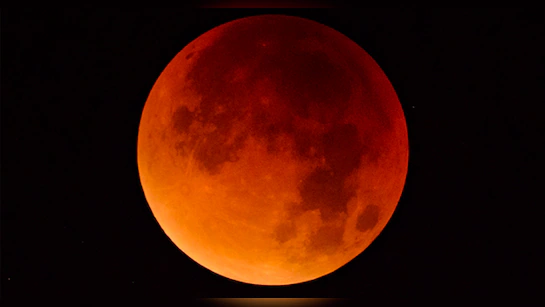Space X explosion complete analysis
Late Wednesday night at around 11 p.m. local time (June 18, 2025), SpaceX’s Starship prototype—known as Ship 36—exploded during a static fire test at the company’s Starbase facility near Boca Chica, Texas. This test is like a dress rehearsal before a full launch, where the rocket is held firmly to the ground while its engines are briefly ignited.

What Happened
-
Fueling and Test Setup
Ship 36 was being filled with its propellant—about 1,200 tonnes of liquid oxygen and methane—making it ready for the engine ignition test.
-
Major Anomaly and Explosion
Just as the engines were about to fire, a “major anomaly” occurred—some kind of failure in a part of its structure. This triggered at least two simultaneous explosions. A dramatic fireball lit up the night sky and was captured on multiple live-stream cameras. -
Ground Shaking and Fire
Locals reported strong tremors that rattled windows and dishes. Flames and smoke continued for hours afterward, with debris scattered across the site. -
Safety Measures Held Firm
No one was hurt. SpaceX had already cleared a wide area around the test site. The company confirmed all personnel are safe, and there were no risks to nearby residents.
Why This Matters
-
Part of the Mars Rocket Program:
Starship is a centerpiece of Elon Musk’s vision to carry people to the moon and Mars. It includes a 50-meter upper stage (Starship) and a 71-meter Super Heavy booster. -
Tenth Flight Preparation:
This test was a key step before the rocket’s planned tenth test flight. The explosion represents a serious setback and will likely delay that flight. -
Technical Clue from Musk:
Elon Musk indicated the cause may have been a failure of a nitrogen storage vessel (a COPV) in the payload area. If confirmed, this would be the first time this design has failed. -
Pattern of Iterative Testing:
SpaceX often accepts failures during testing. Today’s explosion marks at least the eleventh significant anomaly in the Starship program. Each failure helps engineers learn and improve the design. -
Impact on NASA’s Schedule:
NASA plans to use Starship for future moon missions, but these repeated technical issues have already pushed timelines. NASA’s crewed lunar landing is now expected in 2027. More delays could follow.

What Comes Next
-
Site Cleanup and Investigation:
SpaceX teams are working with local officials to secure the launch site, remove debris, and carry out inspections. -
Detailed Failure Analysis:
Engineers will examine the wreckage and data to understand exactly why the COPV or another system failed. The team will fix the issue before moving forward. -
Next Steps in Testing:
SpaceX has emphasized it will continue testing rapidly—using results from failures to improve. They aim to resume test flights every few weeks







